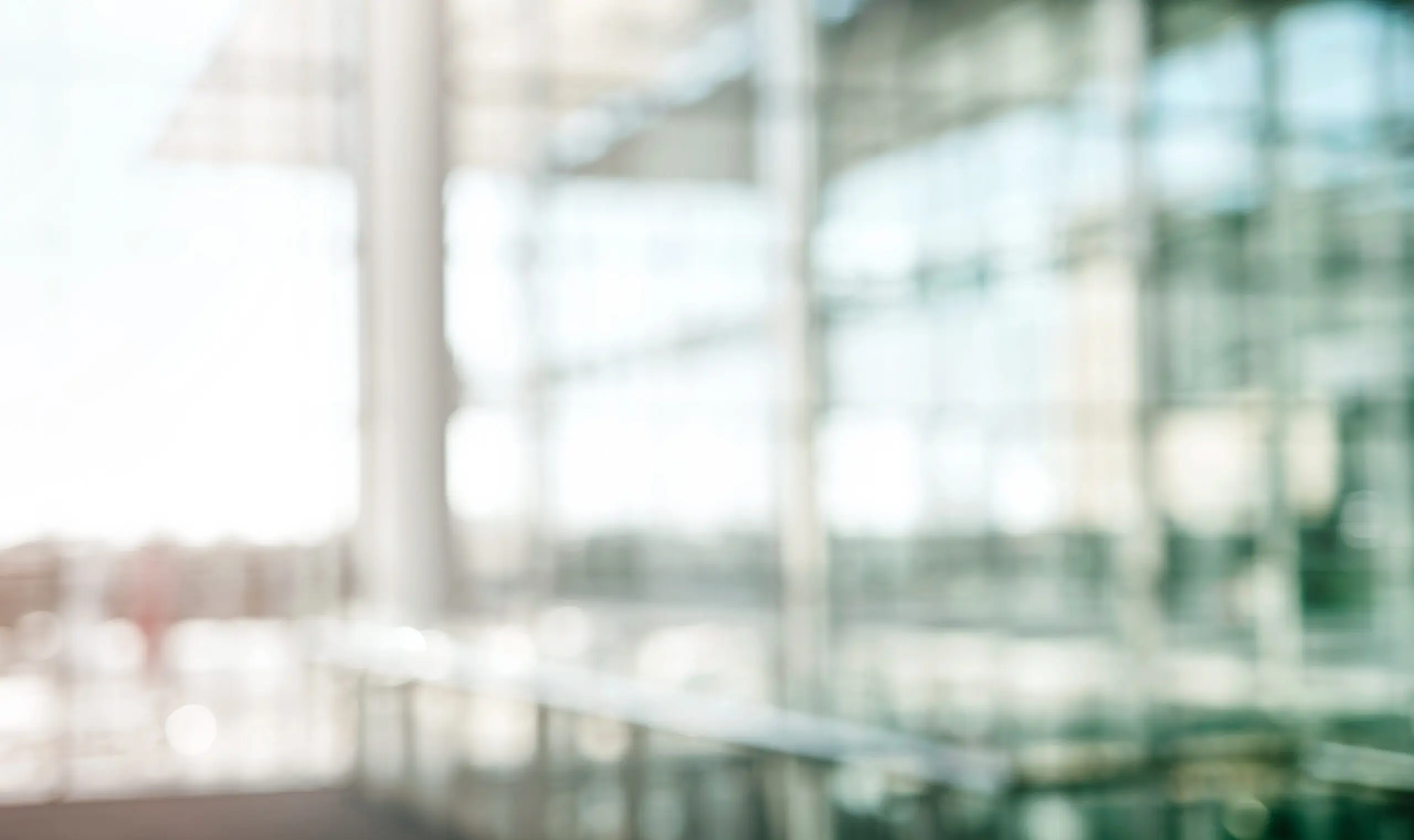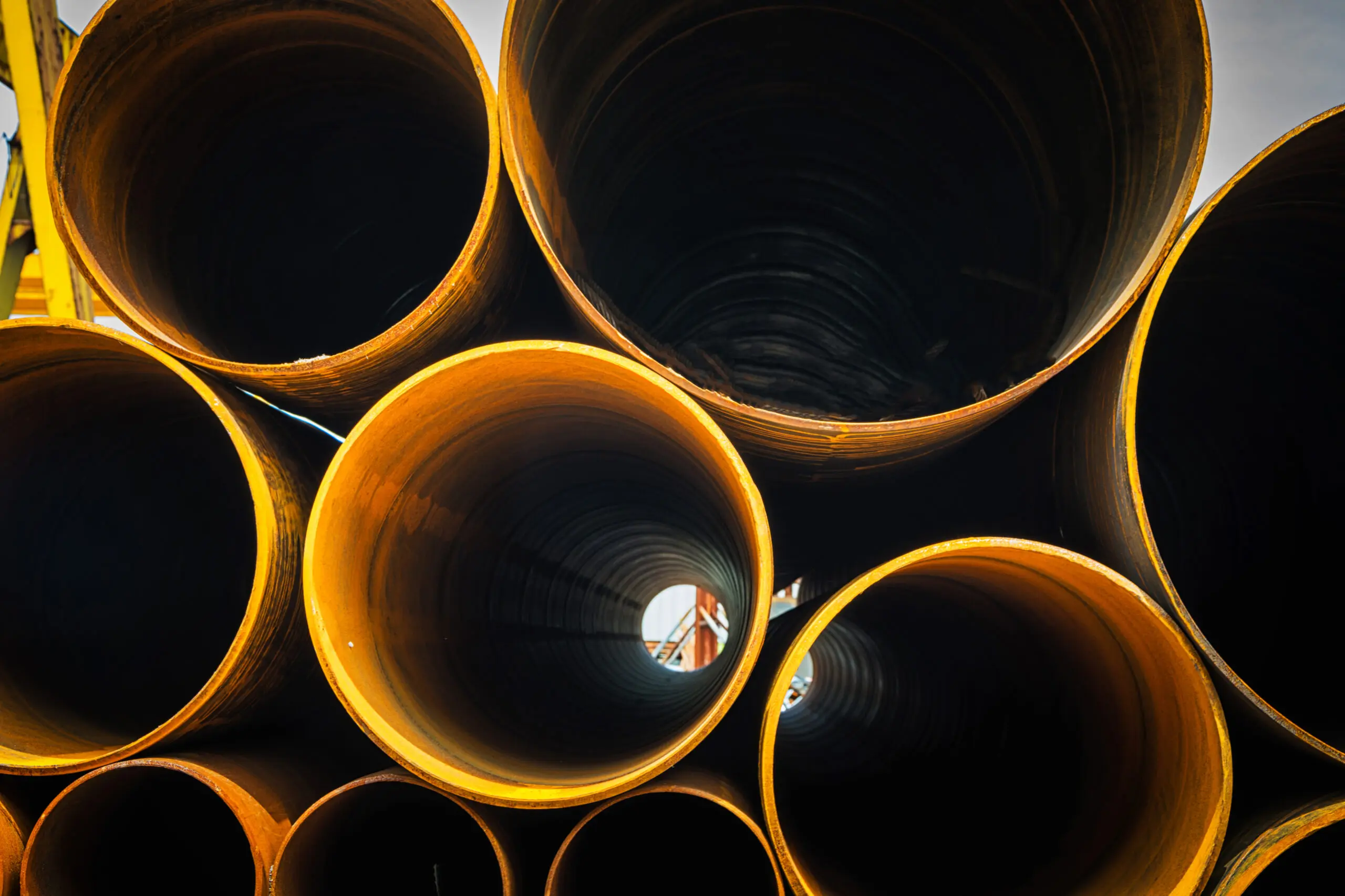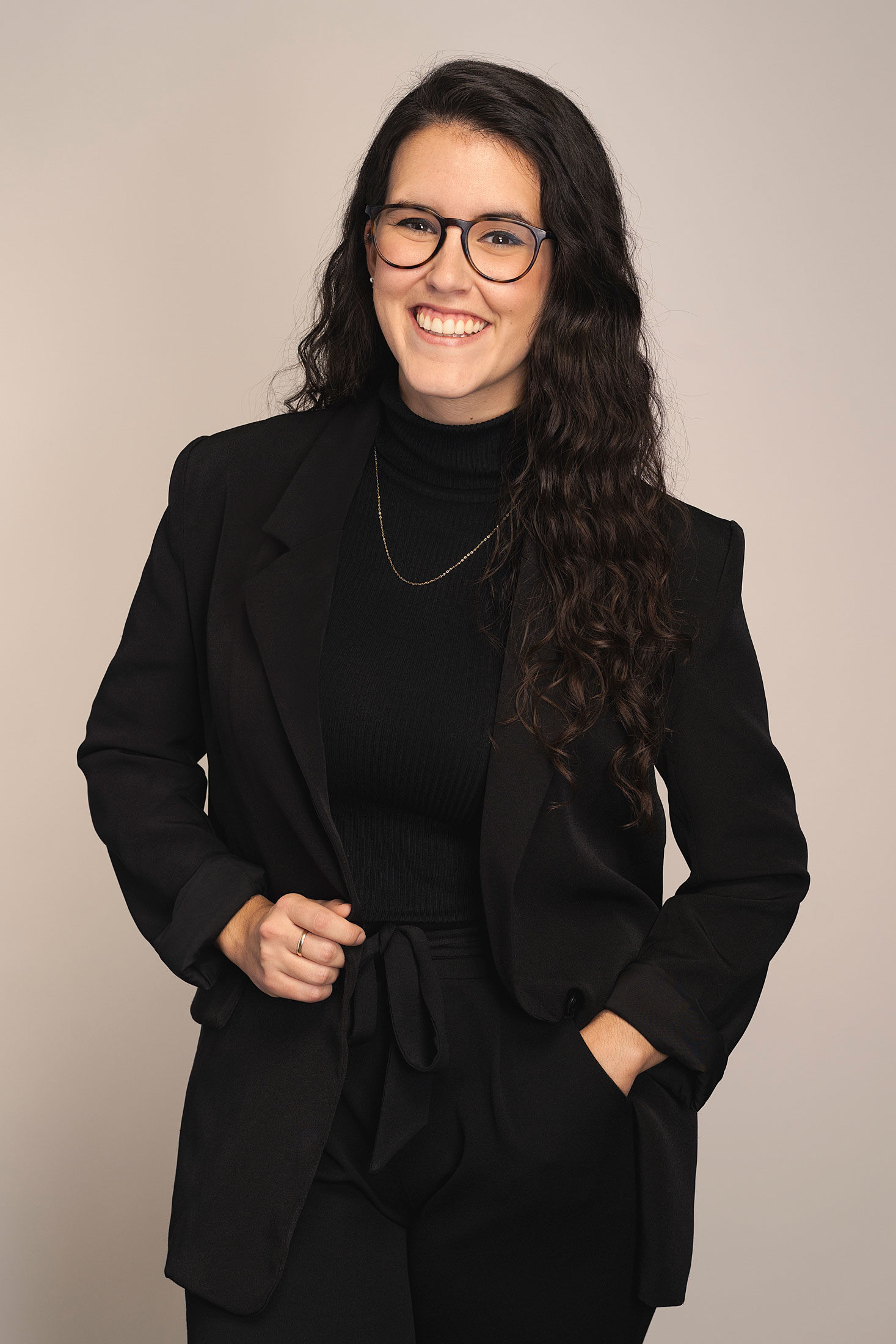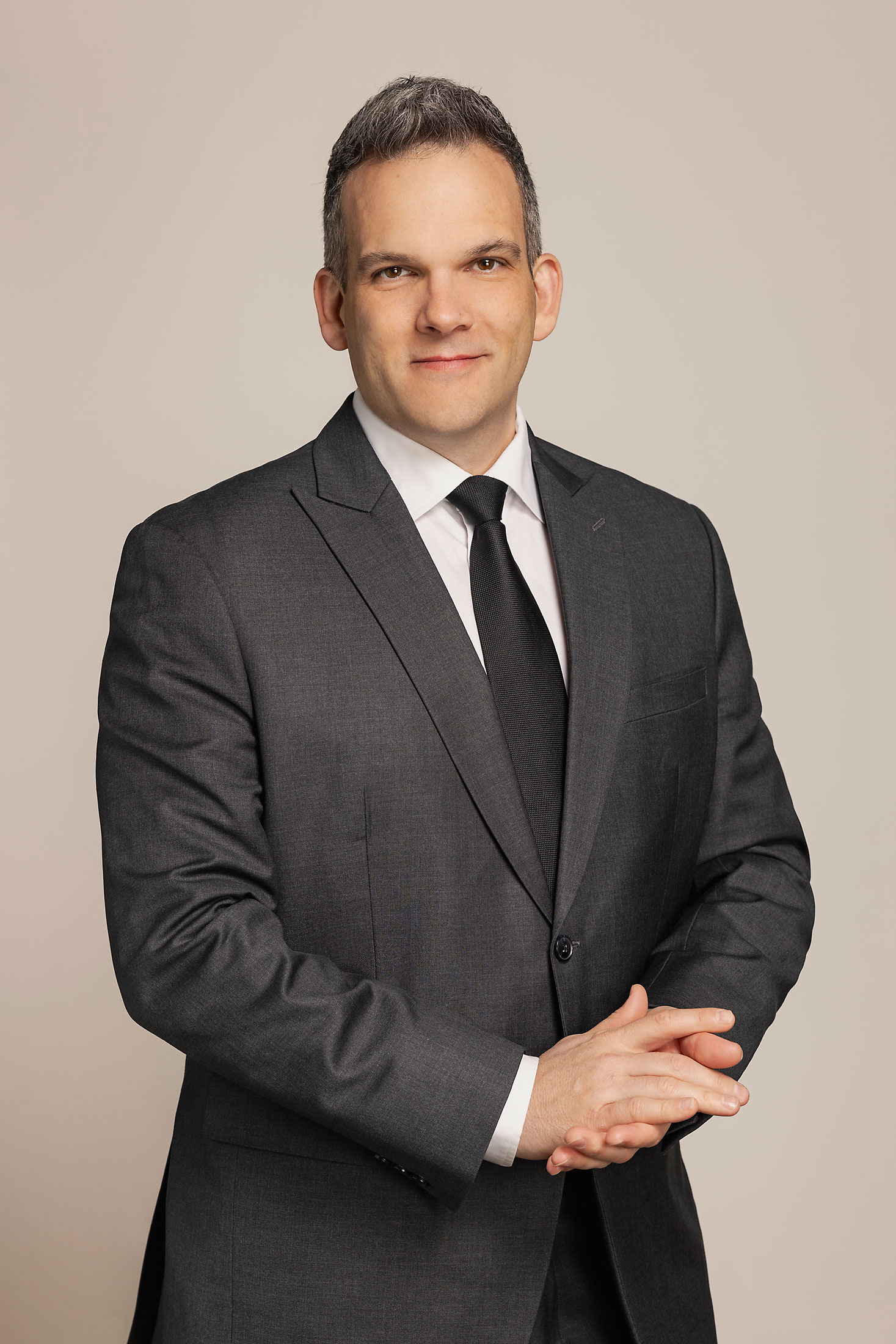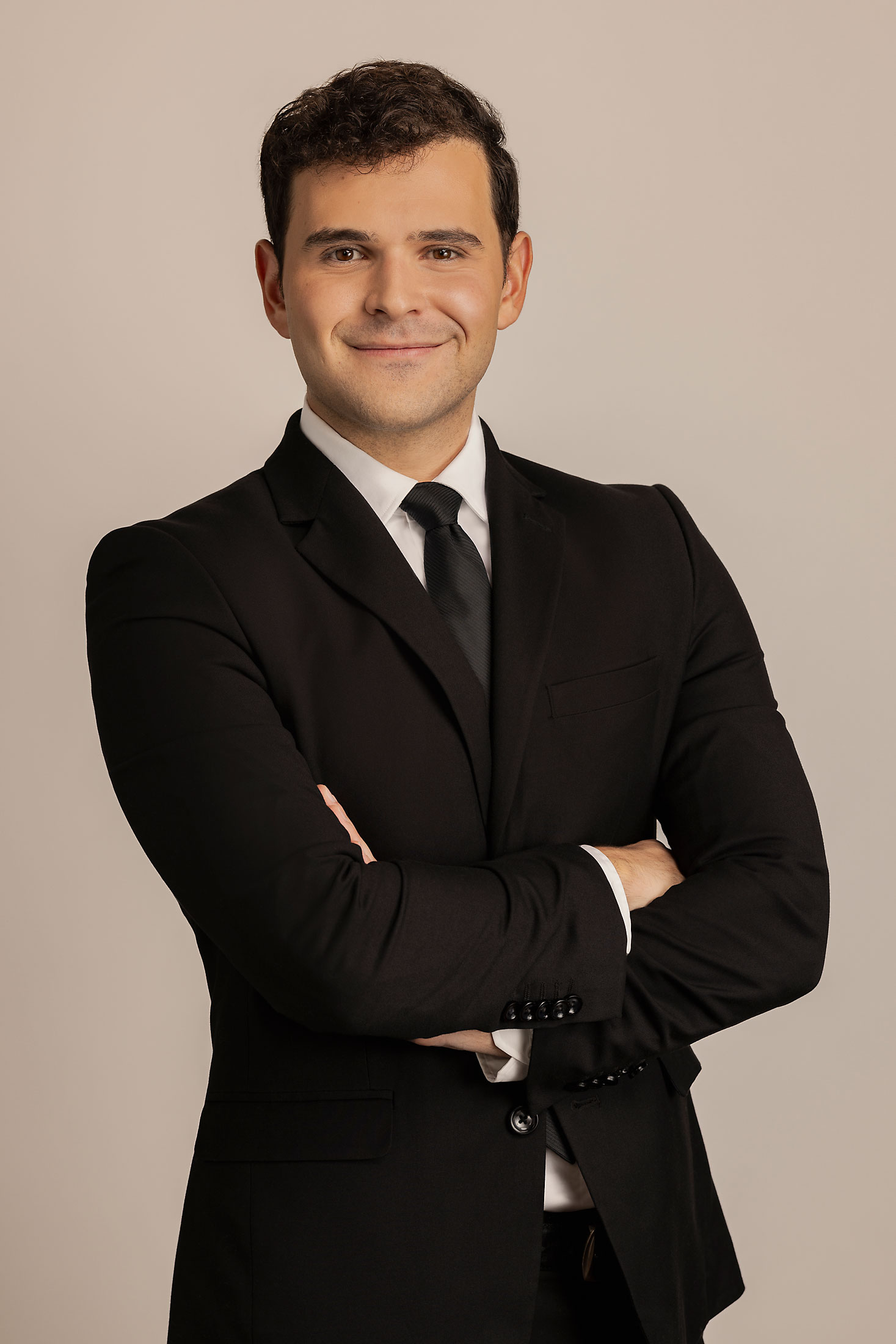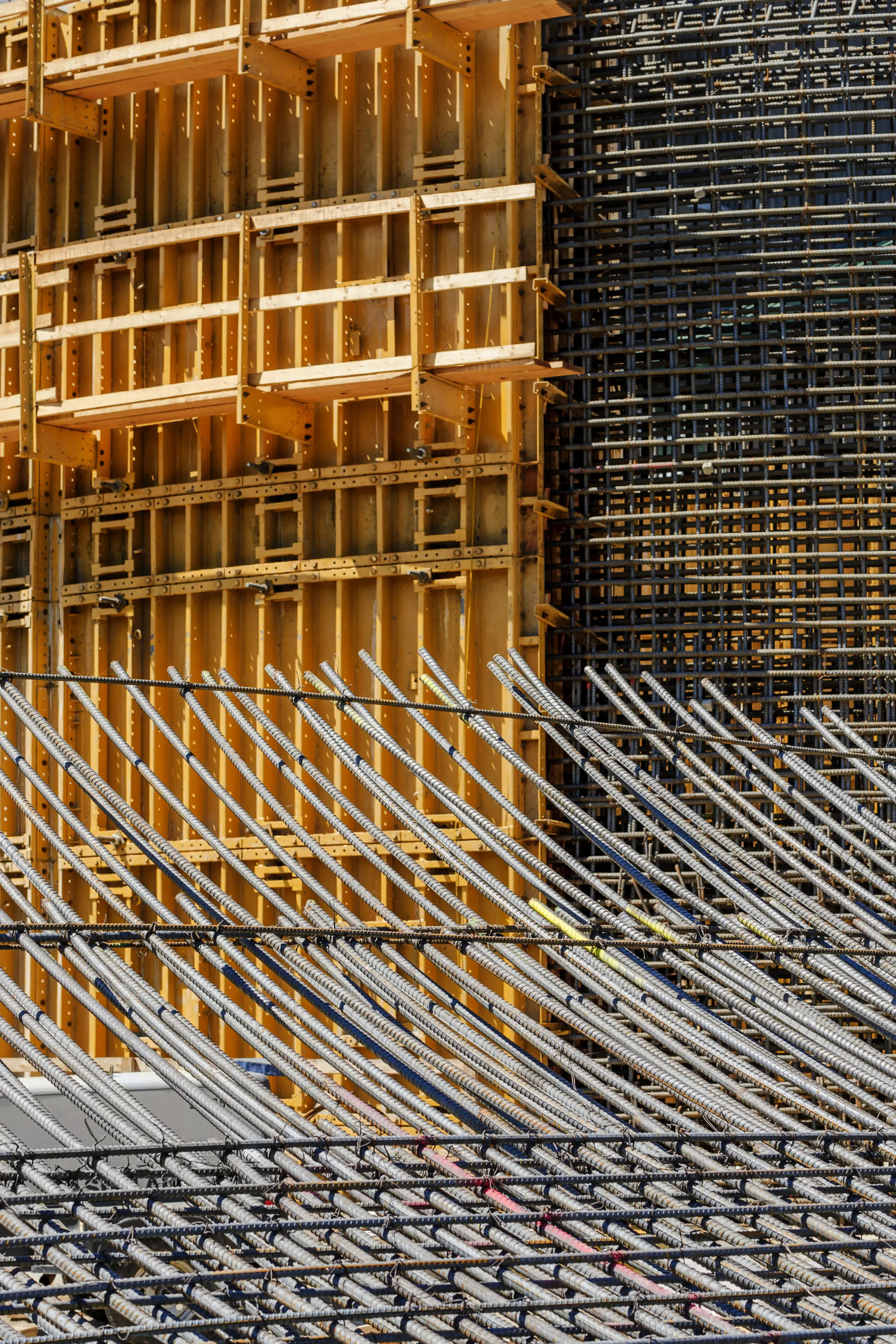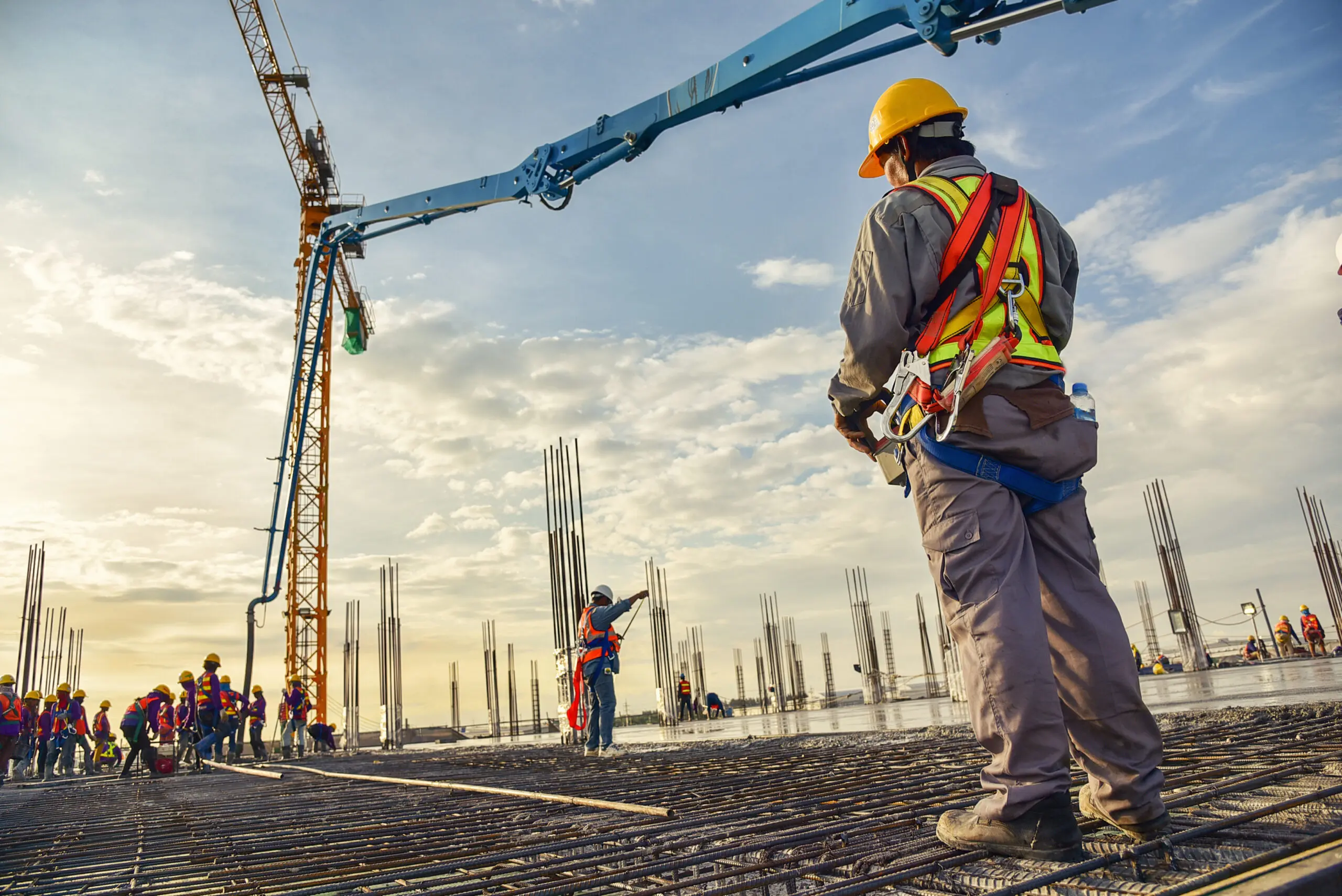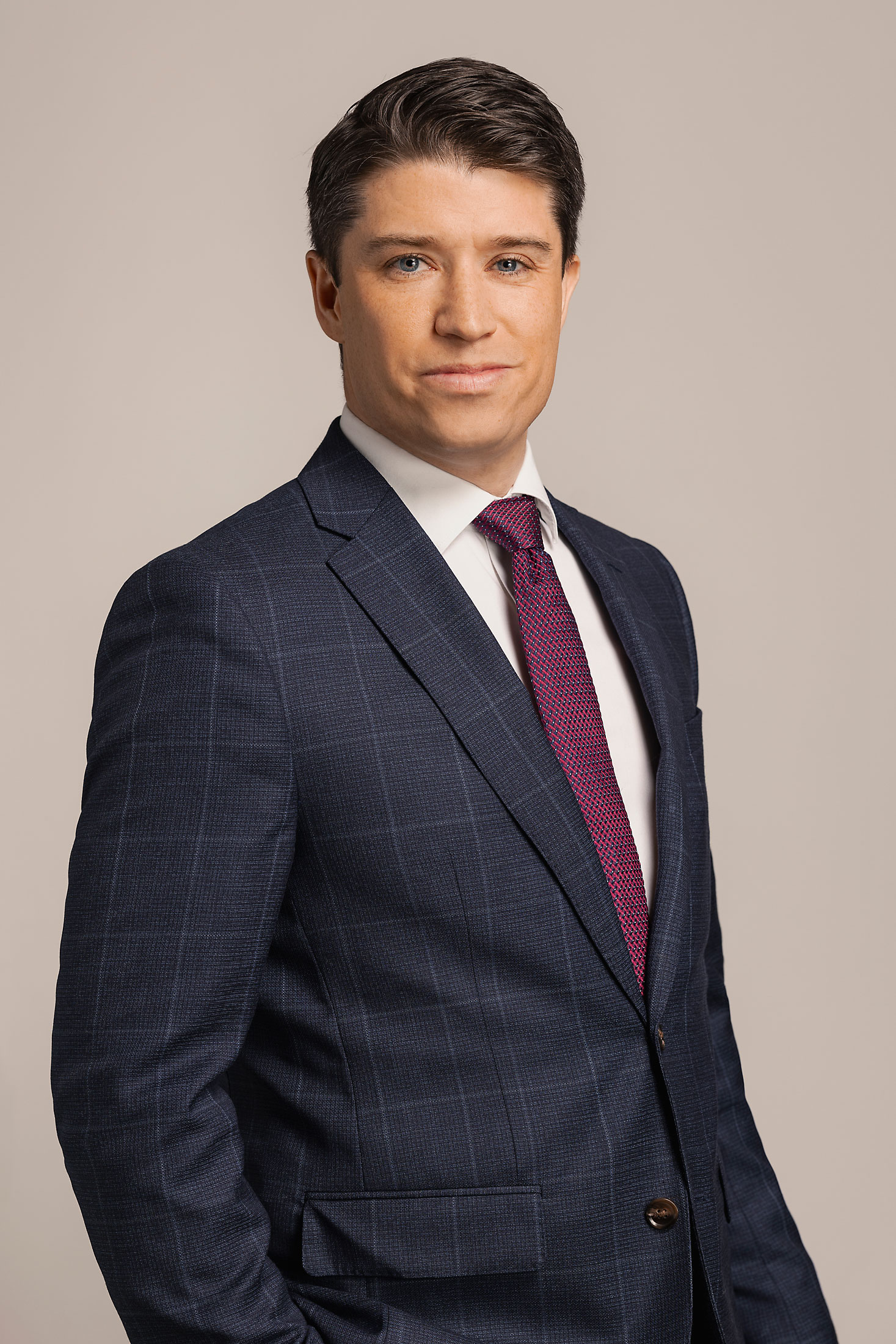A recent ruling by the Court of Quebec (Bachand v. Mural, 2025 QCCQ 3060) highlights a risk that builders, developers, and real estate managers don't always consider: the effect of copyright—and more specifically, moral rights—on construction projects.
What happened?
In 2018, artist Simon Bachand, known as Stare, painted a five-story mural on a building in the Plateau Mont-Royal neighborhood as part of a public art festival. The non-profit organization “Mural” had obtained permission from the then-owner to use the wall, and a contract with a confidentiality clause provided for a contractual undertaking not to alter the mural for a period of one year. In the process leading up to the formation of the contract between Mural and the artist, the latter was never informed of this limitation of protection in the contract between Mural and the building owner. In 2024, a three-story building was constructed in the parking lot in front of the wall on which the mural was painted, making only the upper part visible, from a distance. The artist sued both Mural and the new owner of the building (Immobilier Yuliv Inc.) for infringement of his moral rights.
What was the court's decision?
Since any distortion, mutilation, or other modification of a painting, sculpture, or engraving is deemed prejudicial to the honor or reputation of an author, the court confirmed a violation of the author's right to the integrity of the work. However, the building owner was not held liable, since the terms of the contract between Mural and the former owner had been complied with. Mural, for its part, was ordered to pay $2,500 to the artist for failing to inform him of the limits negotiated with the owner. In short, the artist won the case, but it was the intermediary (Mural) that had to pay the amount awarded in damages.
Why is this important for the real estate sector?
This case serves as a reminder that moral rights over works that have become inseparable from a building can become significant constraints on the use and future development of the property or adjacent land. In this case, the action was taken after the infringement, but one could also imagine a case where an artist, aware of an imminent infringement, could seek to prevent it by injunction, which would have a paralyzing effect on a project and affect its value, not to mention the potential negative media fallout from publicizing such a situation. Furthermore, even with certain precautions in place, building owners could find themselves inadequately protected if the co-contracting parties are not the authors themselves, but rather intermediaries.
Key points to remember for projects combining art and buildings
- Transparency with artists: if the work is to disappear or be hidden in the medium or long term, this should be clearly communicated from the outset.
- Waiver of moral rights: a waiver clause (negotiated with and accepted by the author) is the best way to avoid exposure to claims based on infringement of moral rights.
- Anticipating risk in contracts: including a public work of art on a building can add value to the project, but it is also necessary to plan for what will happen when the building or its environment is transformed.
- The “natural” lifespan of a copy of a work is not an appropriate measure of time: even if a mural is exposed to the elements and may eventually deteriorate on its own, affecting its integrity through a real estate project is a different matter that may give rise to damages.
It is not uncommon for works of art and real estate development to “coexist,” but this proximity comes with certain requirements. To reduce the risk of disruptive litigation and preserve a project's reputation, it is important to address copyright and moral rights issues early in the planning stage or when authorizations are required.
Our intellectual property team works closely with our real estate colleagues to assist you in managing these issues.



